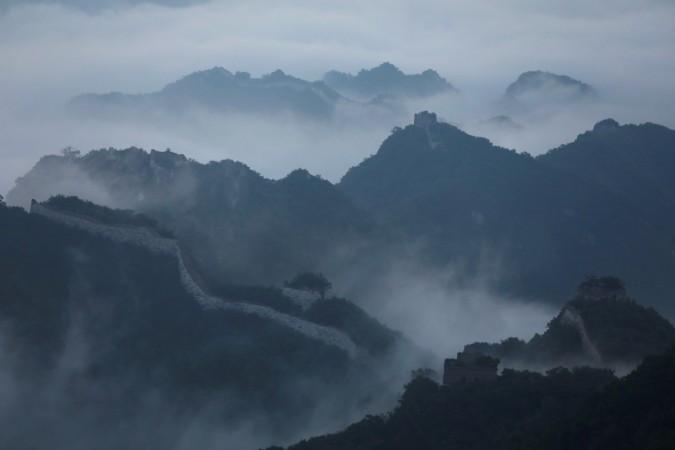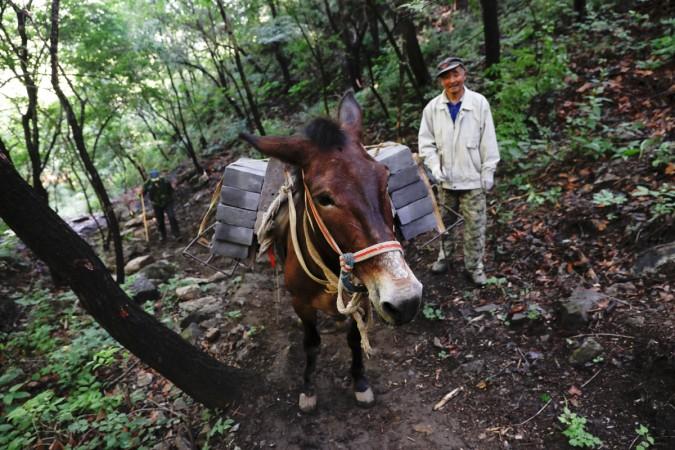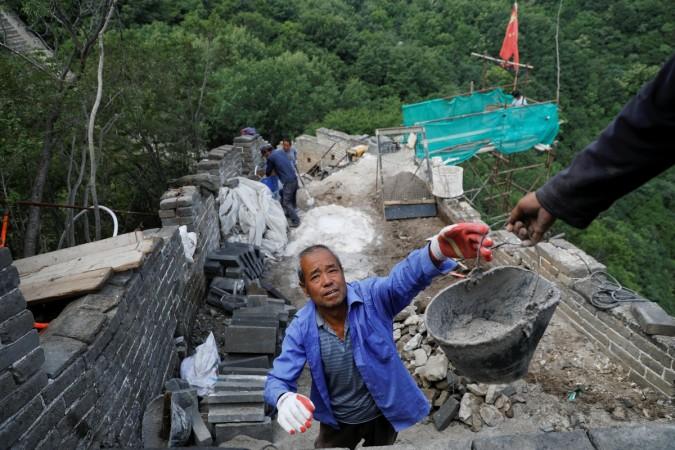
Built in 7th century BCE (Before Common Era) to protect the Chinese empires from raids and invasions by various nomadic and barbaric tribes like the Huns, the Great Wall of China has borne the brunt of attacks and erosion due to weather. As various sections of the 20,000-km wall wear, dedicated craftsmen spend long hours in repairing the archaeological wonder.
World's deepest, largest high-speed railway station coming up at Great Wall of China
One such section is a serpentine 20-km section of the wall about 70-km north of central Beijing that is well-known for its deep ridges, steep mountains and beautiful scenery. For more than a decade, mules loaded with 150 kgs of bricks each have been undertaking a treacherous journey up the wet slopes to deliver it to the masons.

"The path is too steep and the mountains are too high, so the bricks can only be transported by mules," local mule owner Cao Xinhua, who has been working on the Great Wall restoration projects in the mountains north of Beijing for 10 years, was quoted as saying by Reuters.
After the mules deliver the bricks, skilled craftsmen then use mortar to set the new bricks in place. With the help of chisels, pickaxes, hammers and shovels, the craftsmen take immense care in helping to restore the beauty of this ancient wall.
They use old bricks falling off the wall wherever they can before resorting to using new bricks which have the exact specifications like that of the old ones.

"We have to stick to the original format, the original material and the original craftsmanship, so that we can better preserve the historical and cultural values," Cheng Yongmao, the engineer leading Jiankou's restoration, was quoted as saying by Reuters.
The 61-year-old engineer, who belongs to the 16th generation of a long line of traditional brick makers, has repaired 17 km of the Great Wall since 2003.
The restoration of the 700-year-old Jiankou section, which began in 2005, is now in its third phase.














